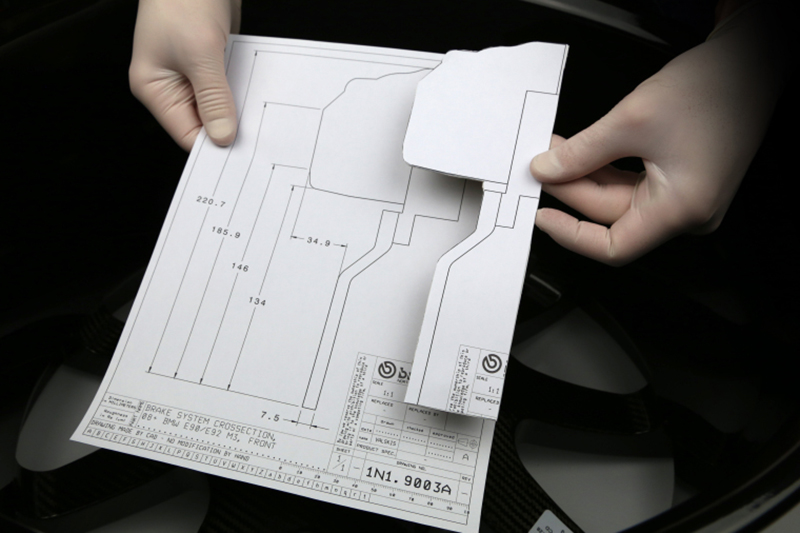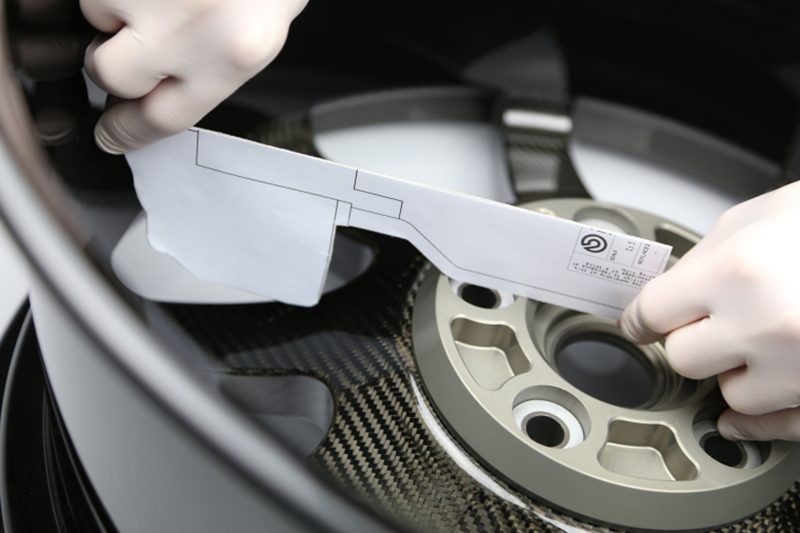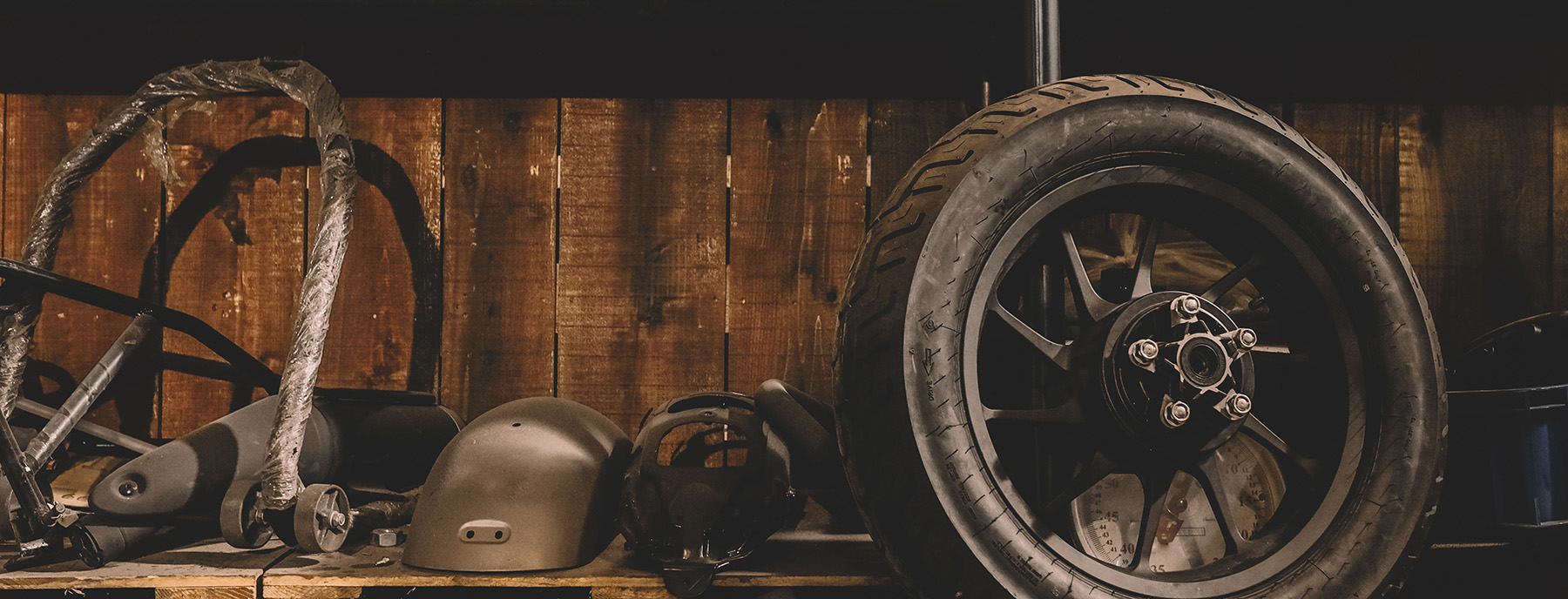All About Wheel Sizing
Many drivers give little thought to the sizes of their wheels and tires except for cosmetic purposes. But wheel size and the size of tires you put on them matters a lot. Using improper tires can be costly and sometimes even dangerous.
Shopping for an aftermarket wheel can be a confusing experience with numerous makes, models, and specifications to choose from. In short you will be spoiled for choices, but do not be tempted by cheap wheels available online or at any unreputable shop.
• Determine Your Application (Dedicated Racing, Off Road, Street Use etc)
• Select the Correct Wheel Width/Diameter to Match The Vehicle
• Match the Correct Offset
• Watch Your Brake Kits


The reason most people give when buying an aftermarket wheel is that they would like something bigger to give their car a sportier look and improve handling. However, while big wheels look good, remember the bigger the wheel the bigger the compromise in terms of ride comfort, and safety.
The bigger a wheel and tire combination gets, the heavier it is. This weighs down your suspension, leading to rougher ride and (in extreme cases) a situation where the wheel will follow ruts in the road, possibly pulling the steering wheel out of your hands.
One recent trend with certain car enthusiasts is fitting extremely wide wheels, fitted with tires that are smaller than the wheel manufacturer recommends, so the wheel fits on the car. Taken to extreme levels this is NOT SAFE.
It is DANGEROUS to stretch a tire onto wheels far wider than it was designed to fit, as the tires’ sidewalls are load bearing structures that have been designed to work at a 90-degree alignment to the wheel.
A wheel’s offset relates to the distance between the wheel’s mounting hub and centerline. If the face of the mounting hub sits behind the centerline (so the mounting hub sits “inside” the barrel of the wheel), that means the wheel has a negative offset, whereas if it sits ahead of the centerline (meaning the mounting hub is further out towards the edge of the car), it has a positive offset.
Offset is measured by ‘ET’ (from the German word Einpresstiefe, translated as ‘insertion depth’). The higher the “ET number”, the more positive the offset is from the wheel’s centerline, while a negative number translates to negative offset.
Why is offset important? Offset changes affect the look of a wheel, but it also affects the way the suspension reacts to movements from the wheel, which affects the handling of the car as well.
Watch your brake calipers, we recommend at least a minimum spacing of 3mm between the spokes and your big brake calipers on any cars. The more is better, making it safer, creating more ventilation, thus help cooling down the brakes as well.
The Width of the wheel determines the ideal tire size to be used with it. It is not recommended to oversize the width of the wheel, as this will only add extra weight, which affects the entire geometry of the vehicle unnecessarily.
The general fitment guideline is as follows:
5.0 J Minimum 155 Ideal 165-175 Max 185
5.5 J Minimum 165 Ideal 175-185 Max 195
6.0 J Minimum 175 Ideal 185-195 Max 205
6.5 J Minimum 185 Ideal 195-205 Max 215
7.0 J Minimum 195 Ideal 205-215 Max 225
7.5 J Minimum 205 Ideal 215-225 Max 235
8.0 J Minimum 215 Ideal 225-235 Max 245
8.5 J Minimum 225 Ideal 235-245 Max 255
9.0 J Minimum 235 Ideal 245-255 Max 265
9.5 J Minimum 245 Ideal 255-265 Max 275
10.0 J Minimum 255 Ideal 266-275 Max 285
10.5 J Minimum 265 Ideal 275-285 Max 295
11.0 J Minimum 275 Ideal 285-295 Max 305
11.5 J Minimum 285 Ideal 295-305 Max 315
12.0 J Minimum 295 Ideal 305-315 Max 325
12.5 J Minimum 305 Ideal 315-325 Max 335
13.0 J Minimum 315 ideal 325-335 Max 345
For Big Brake Kit Diameter Fitment, General Guideline is as follows:
328mm Rotor (12.9″) – Minimum 17″ Wheel
332mm Rotor (13.1″) – Minimum 17″ Wheel
355mm Rotor (14″) – Minimum 18″ Wheel
380mm Rotor (15″) – Minimum 19″ Wheel
405mm Rotor (16”) – Minimum 20” Wheel

